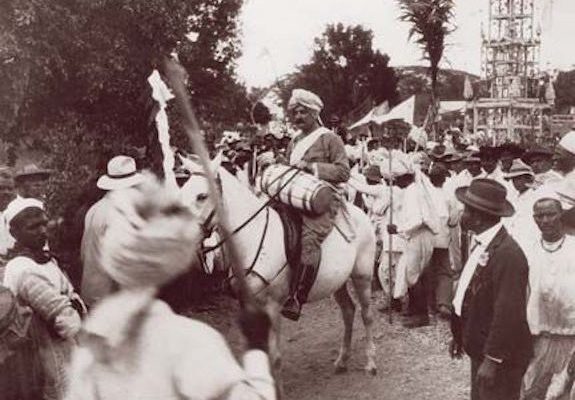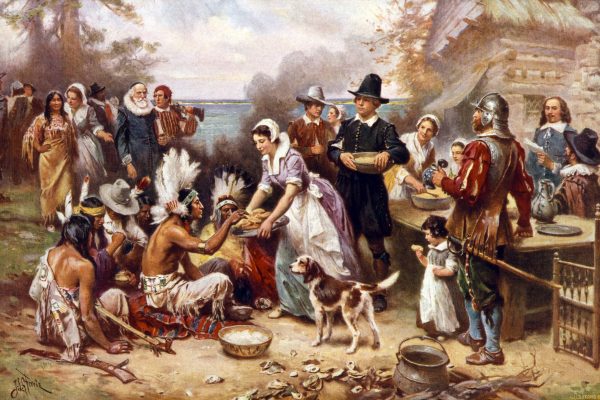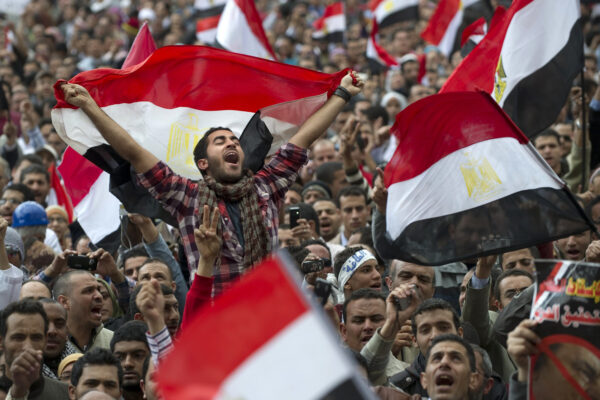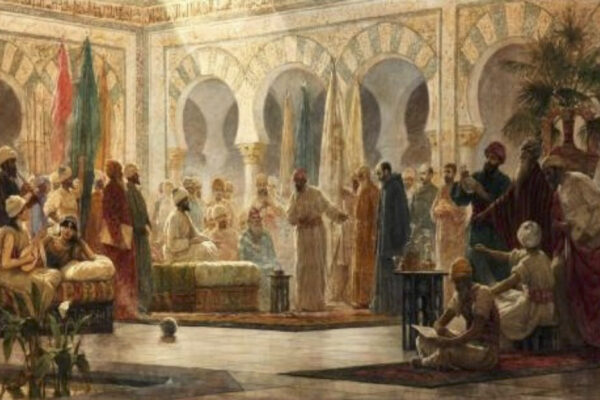When the crowd failed to quickly disperse, the British swiftly began opening fire on the peaceful worshippers, all of whom were unarmed. The death toll at the end of the day rests between 19 to 22 killed, while a reported hundreds more were severely injured.
When the crowd failed to quickly disperse, the British swiftly began opening fire on the peaceful worshippers, all of whom were unarmed. The death toll at the end of the day rests between 19 to 22 killed, while a reported hundreds more were severely injured.
The Hosay massacre, also known as the Jahaji massacre, happened on the 30th of October in 1884 in San Fernando, Trinidad in the Caribbean when British colonialists opened fired on peaceful Muslim worshippers who were commemorating the death of the grandson of the Prophet Mohammed. Known as the Hosay procession, the local name for Muharram, the worshippers continued to commemorate the annual remembrance of the death of the Prophet’s grandson, despite there being a ban on the island at the time.
Around 6,000 Trinidadian Muslims gathered for the Hosay procession, approaching the entrance of the central Cipero Street a little after midday. Many of them, who were of Indian origin, identified as Shia Muslims, and refused to comply with the ban on Muharram. They were commemorating the death of the grandson of the Prophet, Imam Hussein, who was killed during the Battle of Karbala after standing up the corrupt leader at the time, Yazid, in 680AD.
The locals of the island would recreate the tomb of Imam Hussein, originally in Karbala, Iraq, out of bamboo, and carry the enormous memorial piece that often reached up to 30 feet high. The recreated tomb, carried by the procession, would be taken to the sea and drowned at the end to signify the end of the Muharram procession and commemoration. It has been reported that at the time, many other locals who were not Muslim as well joined in the procession, which was seen as a peaceful way to demonstrate against the oftentimes cruel British authoritative powers of the Caribbean.

As the procession continued into the central street on that fateful day, they were met by British troops, headed by a Major Bowles of the First North Staffordshire Regiment. When the crowd failed to quickly disperse, the British swiftly began opening fire on the peaceful worshippers, all of whom were unarmed. The death toll at the end of the day rests between 19 to 22 killed, while a reported hundreds more were severely injured. Those injured were shot at from at least three different locations in Trinidad, at Toll Gate, Mon Repos, and Pointe-a-Pierre Road.
While this massacre is little known outside of Trinidad and Tobago, or the Caribbean in general, it remains as a stark reminder in the long history of Shia Muslims, and those who commemorate the death of the grandson of the Prophet Mohammed, being targeted for their beliefs. The British colonialists who had banned any sort of Muharram commemoration on the island had done so to stop any form of gathering or show of solidarity between the Muslim workers, all of whom were indentured slaves.
Beginning in the late 1830s the British had begun to bring over Indians to the Caribbean, many of whom were brought to Trinidad and Tobago, to work on the plantations after the 1833 Slavery Abolition Act, which (on paper) abolished slavery in most of Britain’s colonies. Working as indentured laborers, who were in reality still treated as slaves in many cases, many began to outright defy the harsh rules and regulations implemented by the British colonial powers. As seen in the Hosay massacre of 1884, many Indian Muslims in the Caribbean were willing to openly follow their religion and customs in spite of British authorities attempting to control the population.
As 135 years pass since the Hosay massacre, it remains more important than ever to remember those killed for peacefully showcasing their beliefs. Many Muslims today continue to be targeted and even killed for holding onto certain faith beliefs, and it remains imperative on all our parts to combat bigotry and dangerous hatred from all sides.
Those who were brutally killed on that day in 1884 were quickly buried in the local Paradise Cemetery, where today the San Fernando Central Market stands in bright contrast to the area’s dark history. As the market continues to flourish, their graves hidden under years of history, perhaps we can instead celebrate the diversity and strength that came out of such a brutal time in history, and hope that they will all be dutifully rewarded in the end.





